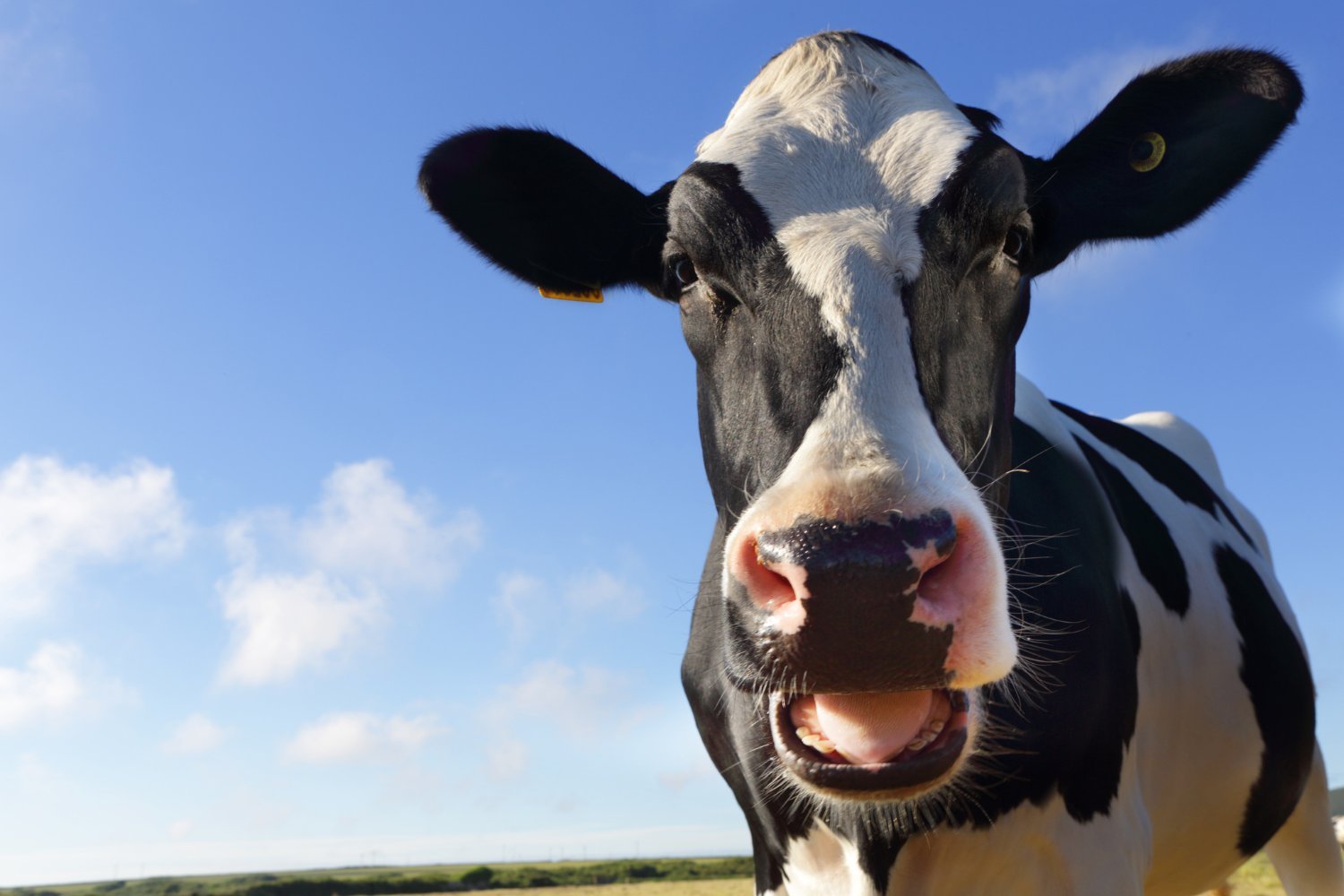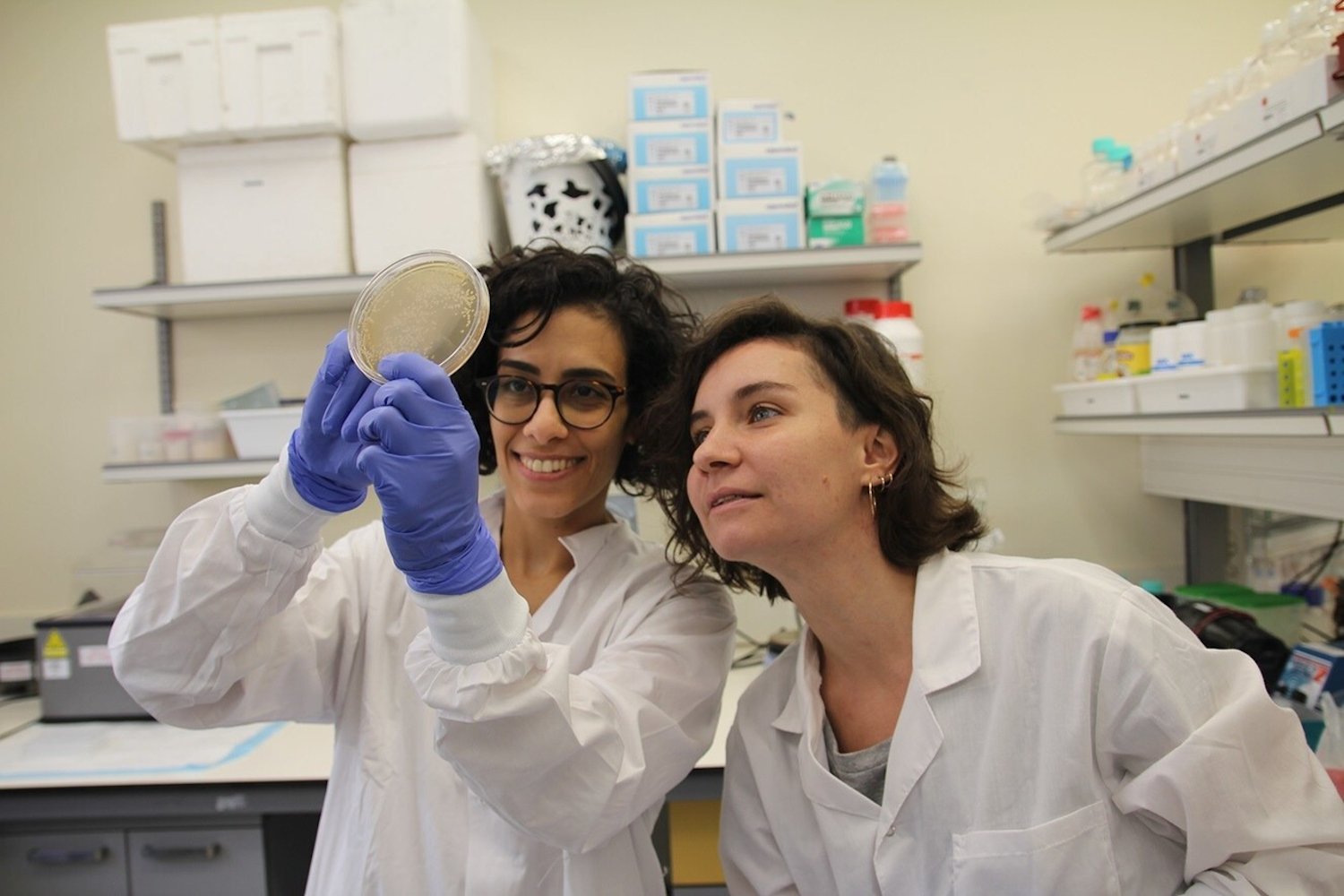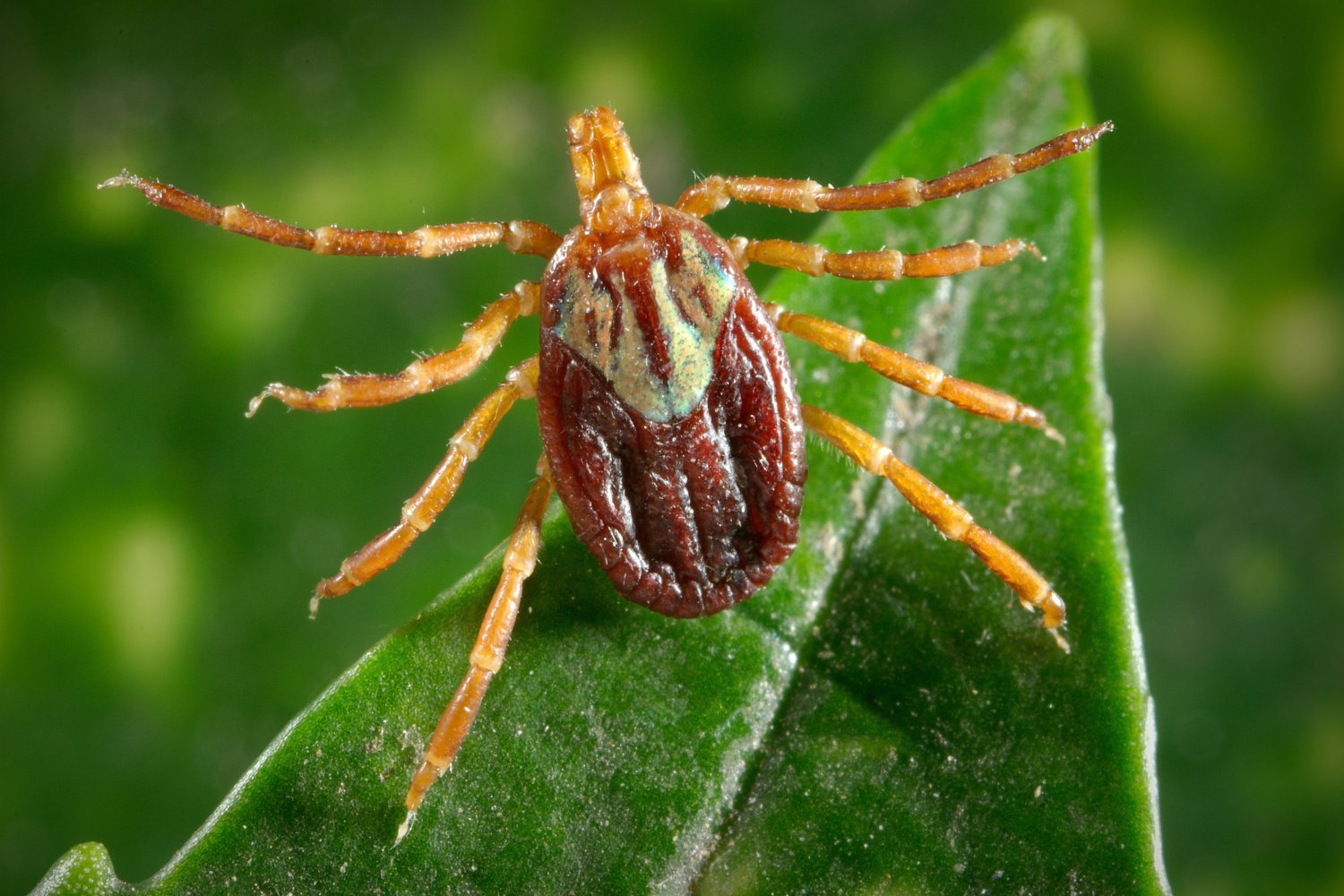The CDC recently published a study revealing a potentially higher prevalence of H5N1 bird flu infections among dairy farmers than previously recognized. The research, focusing on dairy farm workers in Michigan and Colorado, found that 7% of those tested had antibodies to the H5N1 virus, indicating past infection. This raises concerns about the potential for wider spread and the need for increased vigilance.
The highly pathogenic avian influenza A(H5N1) virus has been increasingly infecting mammals since 2022, significantly impacting dairy cattle and other livestock in the United States. While there have been 46 confirmed human cases of H5N1 in the U.S. this year, mostly linked to contact with infected poultry or cattle, the CDC study suggests the actual number of infections may be higher. The study, published in the CDC’s Morbidity and Mortality Weekly Report, highlights the importance of enhanced surveillance and preventative measures.
The CDC collaborated with health officials in Michigan and Colorado, states experiencing dairy cow H5N1 outbreaks, to interview and test dairy farm workers. Blood tests from 115 workers revealed eight positive for H5N1 antibodies. Surprisingly, only four of these individuals recalled recent illness. This suggests asymptomatic or mild infections are occurring, potentially masking the true extent of the virus’s spread.
The findings indicate that the virus transmission likely occurred from cows to workers. The infected workers reported recent contact with cows or milking parlors, and the four symptomatic cases all worked on farms with confirmed H5N1 outbreaks in cows. Furthermore, there’s no evidence of unusual flu activity in the general U.S. population, suggesting H5N1 hasn’t spread significantly beyond direct contact with infected animals.
However, with H5N1 outbreaks affecting dairy farms in 16 states this year, and thousands of workers potentially exposed, the confirmed human cases likely underestimate the true number of infections. This underreporting poses a challenge for effective control and prevention strategies.
The increased frequency of H5N1 transmission from birds to mammals raises concerns about the virus’s potential to evolve into strains capable of efficient mammal-to-mammal transmission. Each human infection provides an opportunity for the virus to mutate, potentially acquiring characteristics that could lead to a rapidly spreading and deadly human pandemic. Early detection and prevention are crucial to mitigate this risk.
The CDC researchers emphasize the need for proactive monitoring and testing of exposed workers, even those with mild symptoms, to identify and treat infections. Education for farmworkers regarding infection risks and preventative measures is also essential.
In conclusion, the CDC study highlights the potential for underreported H5N1 infections among dairy farm workers. This underscores the need for increased surveillance, proactive testing, worker education, and preventative measures to mitigate the risk of wider H5N1 spread and potential pandemic emergence. The findings emphasize the critical importance of vigilance and proactive efforts in addressing the ongoing H5N1 situation.











